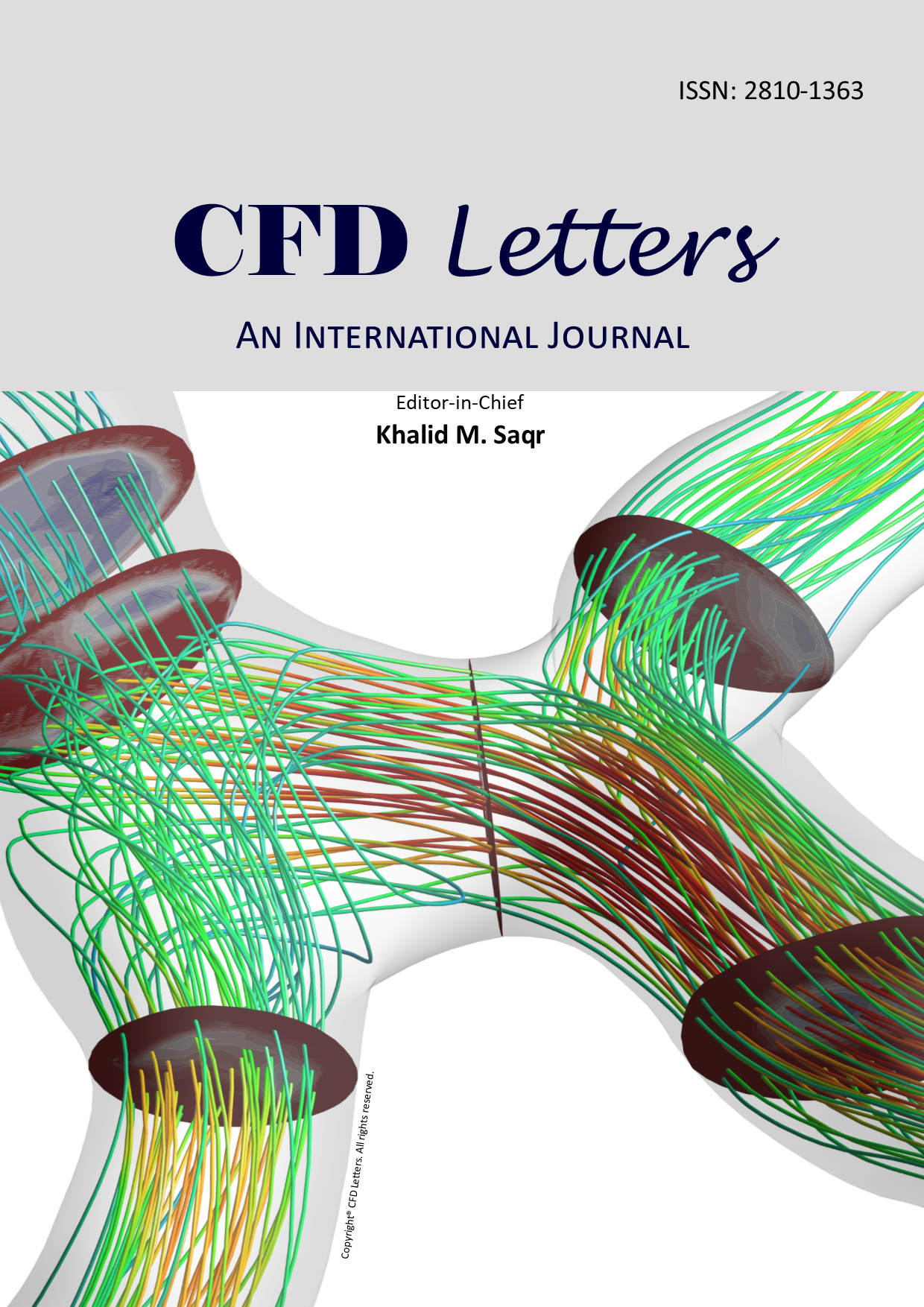Flow of Jeffrey Fluid over a Horizontal Circular Cylinder with Suspended Nanoparticles and Viscous Dissipation Effect: Buongiorno Model
DOI:
https://doi.org/10.37934/cfdl.12.11.113Keywords:
Free convection, Jeffrey nanofluid, horizontal circular cylinder, viscous dissipationAbstract
Mathematical model of Jeffrey fluid describes the property of viscoelastic that clarifies the two components of relaxation and retardation times. Nevertheless, the poor thermal performance of Jeffrey fluid has been a key issue facing the public. This issue can be accomplished by the use of nanofluid that has superior thermal performance than the conventional fluids. A better cooling rate in industry is in fact not appropriate to attain by the thermal conductivity of the conventional fluids. On that account, the present study aims to delve into the impact of viscous dissipation and suspended nanoparticles on mixed convection flow of Jeffrey fluid from a horizontal circular cylinder. A concise enlightenment on the separation of boundary layer flow is included and discussed starting from the lower stagnation point flow up to the separation point only. The non-dimensional and non-similarity transformation variables are implemented to transform the dimensional nonlinear partial differential equations (PDEs) into two nonlinear PDEs, and then tackled numerically through the Keller-box method. Representation of tabular and graphical results are executed for velocity and temperature profiles as well as the reduced skin friction coefficient, Nusselt number and Sherwood number to investigate the physical insight of emerging parameters. It was found that the incremented ratio of relaxation to retardation, Deborah number and Eckert number have delayed the boundary layer separation up to 120o













